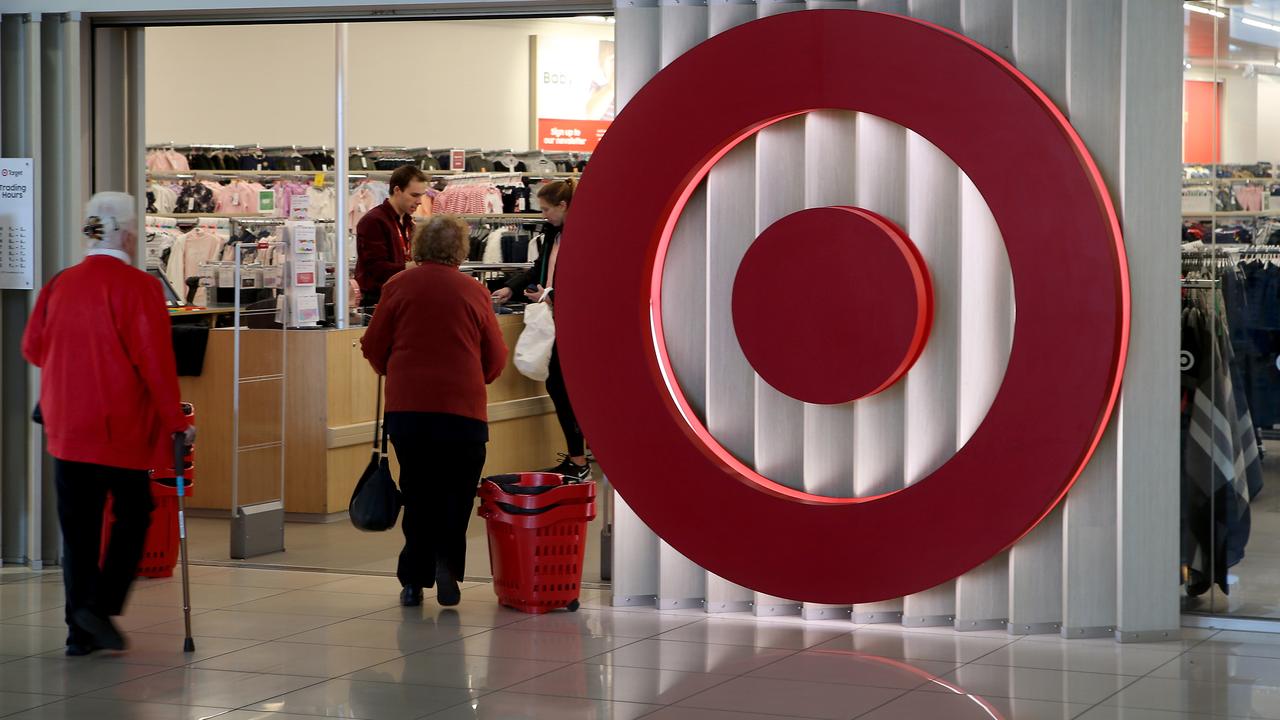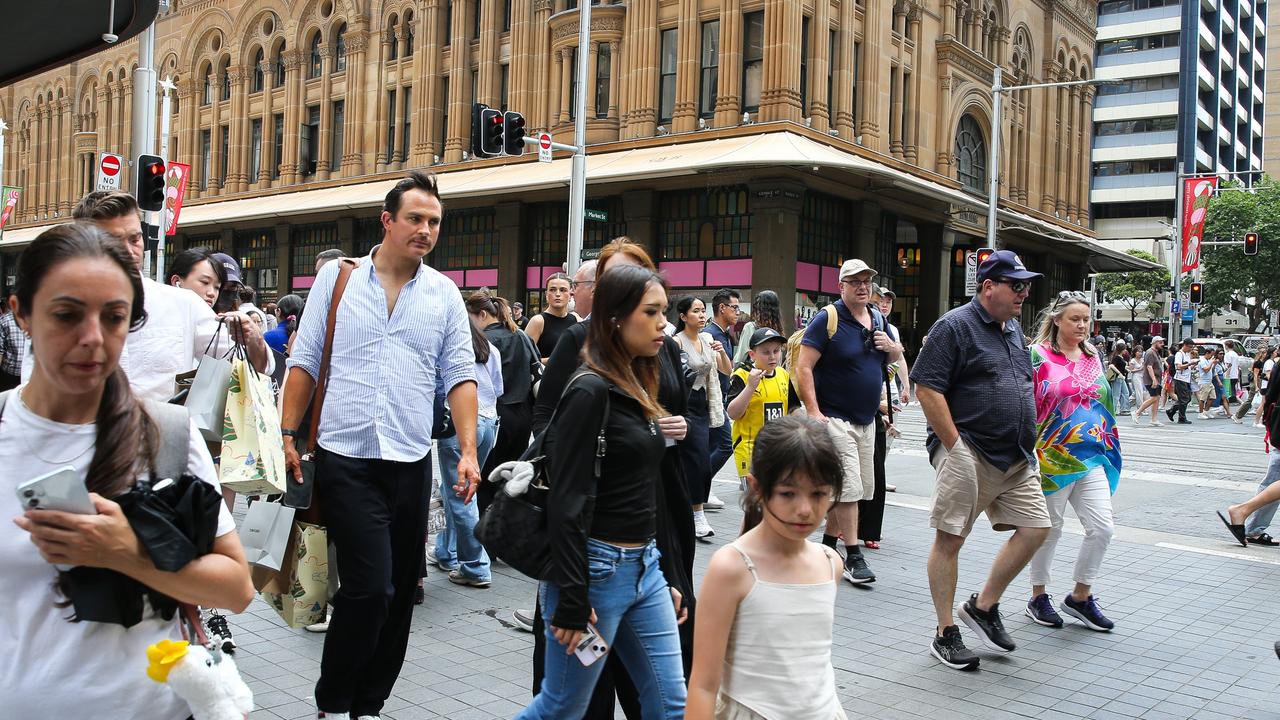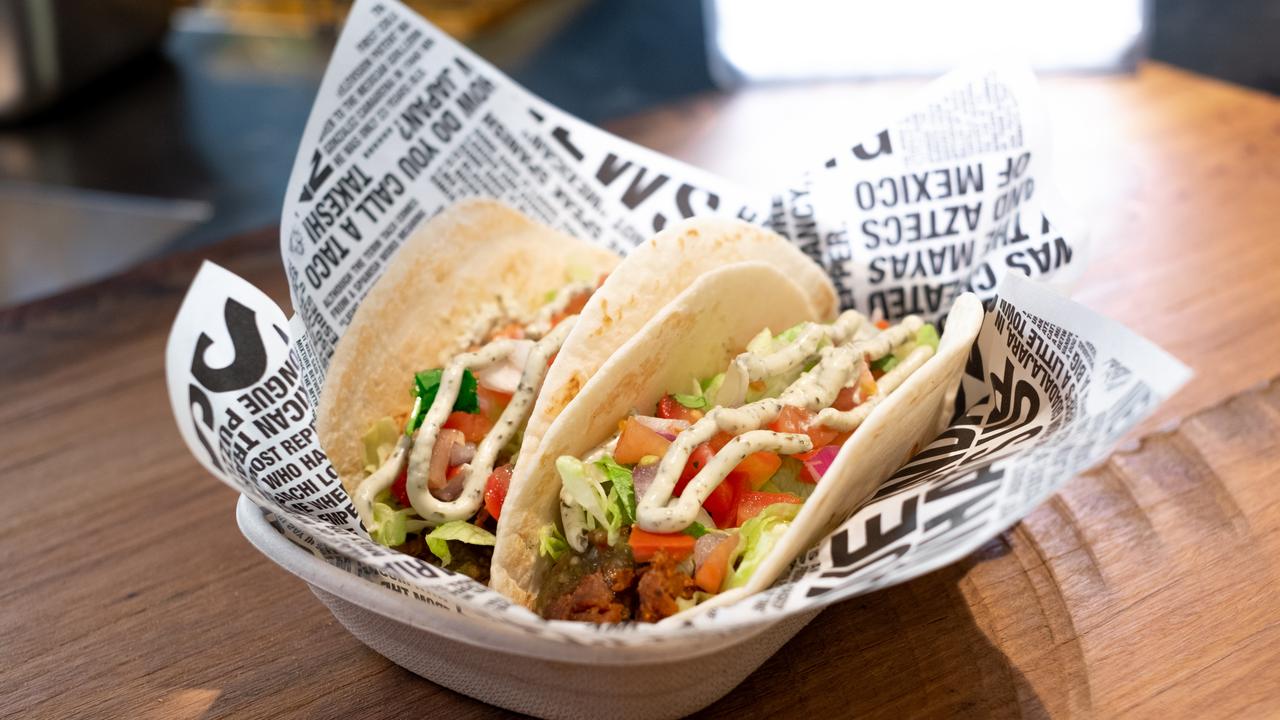Kmart boss’ plan to transform Target to rival Myer and David Jones
The discount department store institution is having one last throw at the stumps as it embarks on a major transformation.

It’s make or break time for Target.
That’s the verdict from one of Australia’s leading retail commentators Gary Mortimer as the discount institution sets out on a transformation to turn around shrinking sales.
Target has been an Aussie favourite for decades but the success of its sister discount chain has diminished its relevance.
Over the last few years, Kmart has become a go-to hotspot for stylish goods sold at a bargain price, and this has cannibalised its Wesfarmers stablemate.
RELATED: Kmart and Target team up for Christmas online shopping service
RELATED: Woolworths underpays staff $300 million over nine years
RELATED: Woolworths to be first with zero-waste food delivery system
Ian Bailey — boss of the pair of discount department stores — wants to reposition Target and create a clear differentiation between the two.
The plan is to reduce total floorspace across the country by 20 per cent. He also wants to bump Target up to the next category of retailers, selling finer apparel and fabrics.
This plan will edge the chain closer to the middle market at the point of the market below the once prestigious David Jones and Myer.
“The price position for Kmart is very strong and very clear, and of course Kmart’s been a great business for many years,” Mr Bailey told news.com.au.
“With Target we’ve been in the process of an acceleratory transformation, really focusing on quality and affordable price.
“We see a lot of potential for that in the future. It’s a brand that’s very well liked and loved by the customers and we feel as we continue to evolve that offer, we’re going to have a business in a great space.”

The Kmart Group managing director said his aspiration is to make the difference between the two so tangible, they could neighbour one another in a shopping centre and “make perfect sense” for customers.
“We’re working on accelerating the transformation of Target so it moves to a slightly higher pricepoint than Kmart but substantially lower than the retailers that it’s really competing with which is the Myers and speciality retailers,” Mr Bailey said.
He said this strategy has been in the pipeline for a period of time but doesn’t expect customers to notice the difference in store until the middle of next year.
“I’d expect it to be a two or three year journey to really get there,” he said.
“There’s an opportunity for Target to create really high quality products with beautiful fabrics, but still make that price compelling to take money out of the middle market.”

Queensland University of Technology professor Gary Mortimer said it makes good business sense to create a clear differentiation between the two brands if Wesfarmers insists on coexisting both in the marketplace.
“In saying that, there is some fundamental risks of moving into the middle of the market which has changed substantially over the last 10 or 15 years,” he told news.com.au.
“We’ve seen Myer already struggle in that market as it pushes down and away from the premium David Jones.
“We’ve also seen in that middle market is that it’s become hyper competitive, and is now being dominated by the likes of global fast fashion retailers that provide new products, very quick cycles of fashion, at relatively low prices.”
Despite Target being backed by the major conglomerate, it doesn’t quite have the global resources of Zara Group, H&M and the Japanese empire Uniqlo, Dr Mortimer said.
“That particular market is also dominated by the likes of JB Hi-Fi that is doing really good work in that space as well as other medium price speciality stores like Rebel for sporting goods, Amart for home fashion and furniture,” he said.
“There is some inherent risks of moving into that middle of the market because it has fundamentally changed.”
What doesn’t make sense, to Dr Mortimer, is for a conglomerate like Wesfarmers to run two discount department stores which fundamentally operate in the same market.
“You duplicate your costs — you essentially have two buying teams, two head offices, two brand propositions, two advertising campaigns,” he said.
He said the best strategy would be to merge the struggling chain into the brand that is performing well.
“So you simply rebrand your Target stores to Kmart where you don’t have a Kmart in the centre or suburb,” the retail expert said.
“And then in those cases where you’ve got both a Kmart and Target in a centre, you then close the Target and you put into that space an Office Works or a mini Bunnings or some sort of other retail offer that you have (in the conglomerate).
Dr Mortimer said the repositioning of Target was its last chance for survival in Australia.
“If this strategy is not successful, then the only option left on the table would be to rebrand it as Kmart,” he said
Which do you prefer, Target or Kmart? Comment below or get in touch | @James_P_Hall | james.hall1@news.com.au




